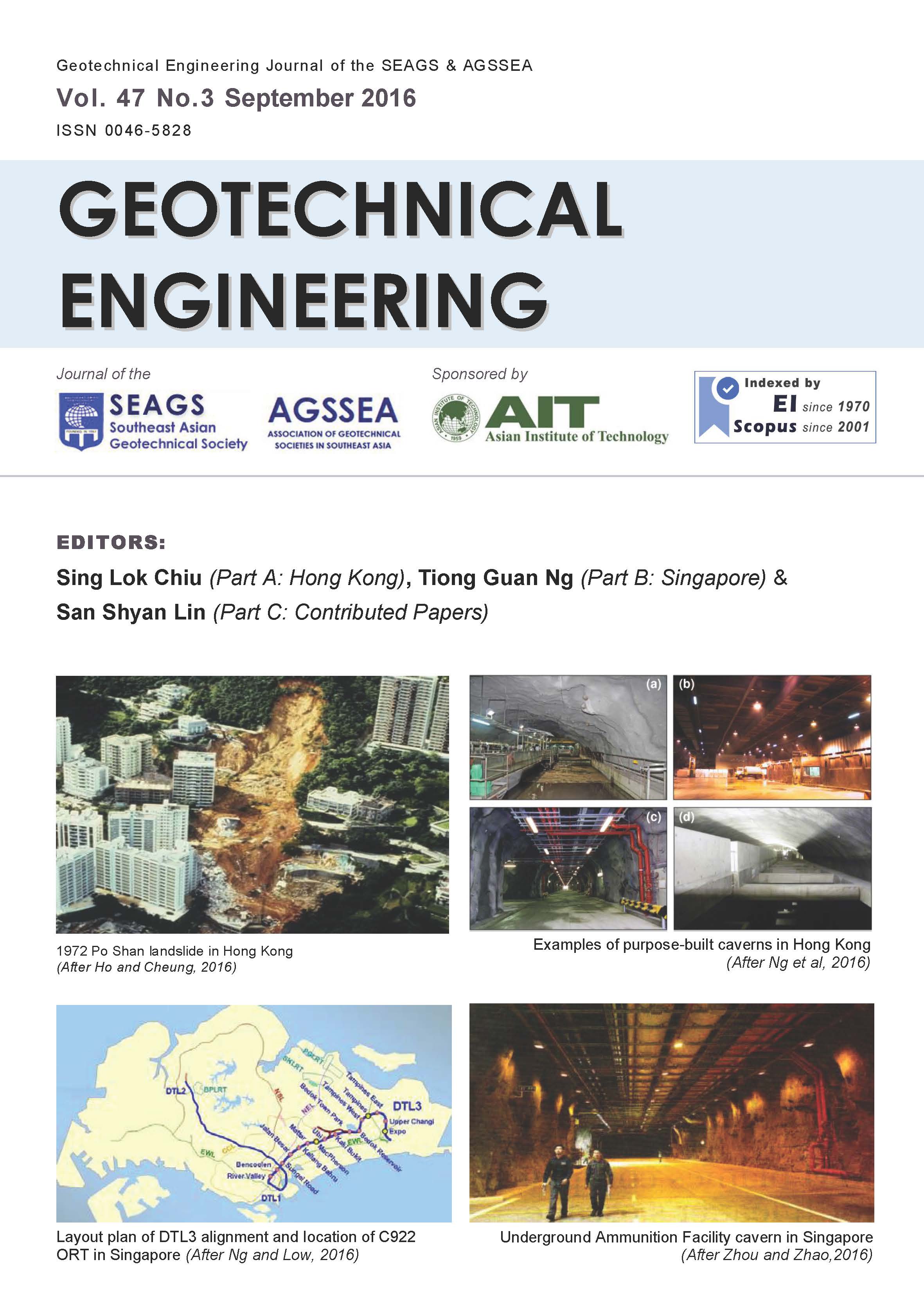The First Subsea TBM Road Tunnel in Hong Kong
Main Article Content
Abstract
Subsea tunnels for transportation are traditionally constructed in the form of Immersed Tunnel (IMT). With the technical advancement of mechanized Tunnel Boring Machine (TBM) construction, subsea TBM bored tunnels were successfully constructed in different parts of the World over the last decade. Using a TBM has benefits over the IMT when excavating beneath the sea, since it does not require dredging and marine access. This makes it particularly favourable when coping with environmental concerns and constraints within existing shipping passages. Since the first subsea tunnel across the Victoria Harbour in Hong Kong was constructed in 1972 by immersed tunnel method, four other additional subsea immersed tunnels were constructed across the same Victoria Harbour between 1979 and 1997. The subsea tunnel of Tuen Mun – Chek Lap Kok Link (TM-CLKL) was also originally proposed using immersed tunnel method in the feasibility study stage. However, the tunnel scheme was changed to TBM bored tunnel in the Investigation and Preliminary Design Stage. The TBM bored tunnel scheme was further developed in the Detailed Design Stage and the project is now under construction. This would be the first subsea TBM road tunnel in Hong Kong and this paper discusses the key considerations and rationales in changing the original IMT scheme to the TBM bored tunnel scheme for the subsea tunnel section of TM-CLKL.
Article Details

This work is licensed under a Creative Commons Attribution-NonCommercial-NoDerivatives 4.0 International License.
Copyright © 2019 Association of Geotechnical Societies in Southeast Asia (AGSSEA) - Southeast Asian Geotechnical Society (SEAGS).


